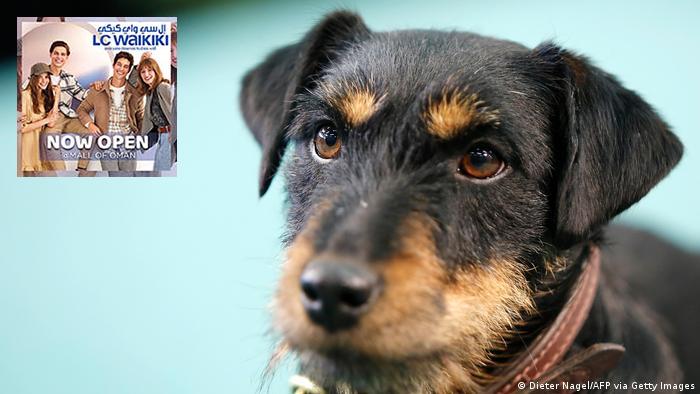
It would take you or me three days straight, walking without a break, to go the 350+ kilometers (217 miles) from Savoie in the French Alps to Nimes in the country's south. And we would probably need a GPS device to navigate our way.
Well, we're not dogs, are we? But that is a shame in this case, because a 2-year-old hunting terrier called Pablo walked that very journey, finding his way all by himself.
Pablo was on a camping vacation with his family when he went missing at a pit stop on the French-Swiss border.
A few days later, he resurfaced at the family home in Nimes — hundreds of kilometers away. The question is: How did he do it?
Our trusty friends
We have known about canine navigation skills for years. Perhaps we even envy dogs for their sense of direction. We've certainly used them for it: During World War I, for instance, European armies used dogs as messengers, letting them carry letters and instructions to the dangerous front lines.
But there is little research into why canine navigation skills are so good. Scientists have studied other animals, such migratory birds and reptiles, far more than dogs.
"Our knowledge of dogs' sense of direction is mainly anecdotal," says Hynek Burda, zoologist at the Czech University of Life Sciences.
Burda says we've assumed in the past that dogs rely on a sense of smell to find their way. But that is starting to change, as he and his team have a compelling theory.
They think dogs may use the Earth's magnetic field.